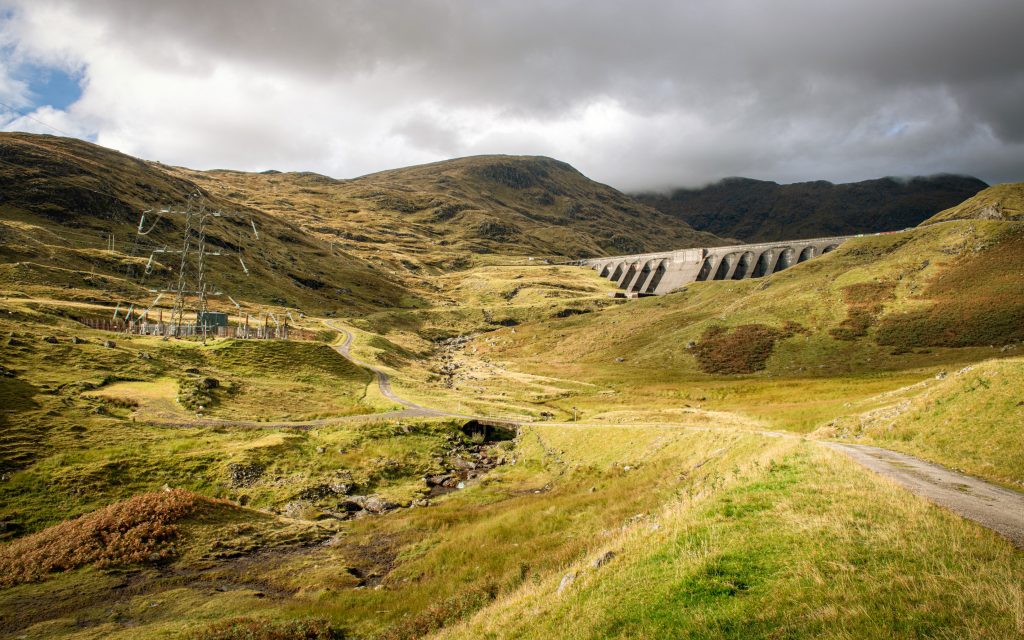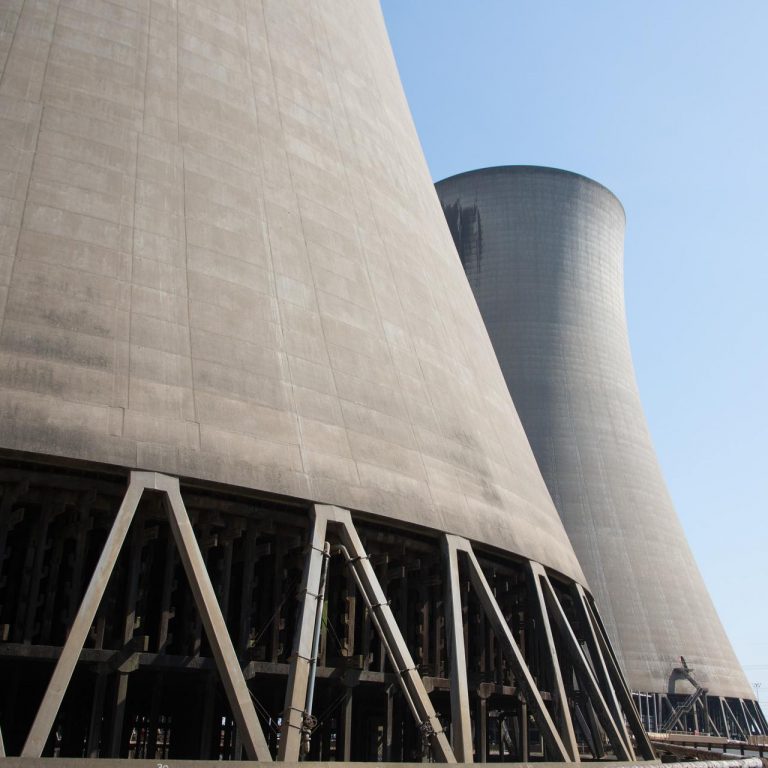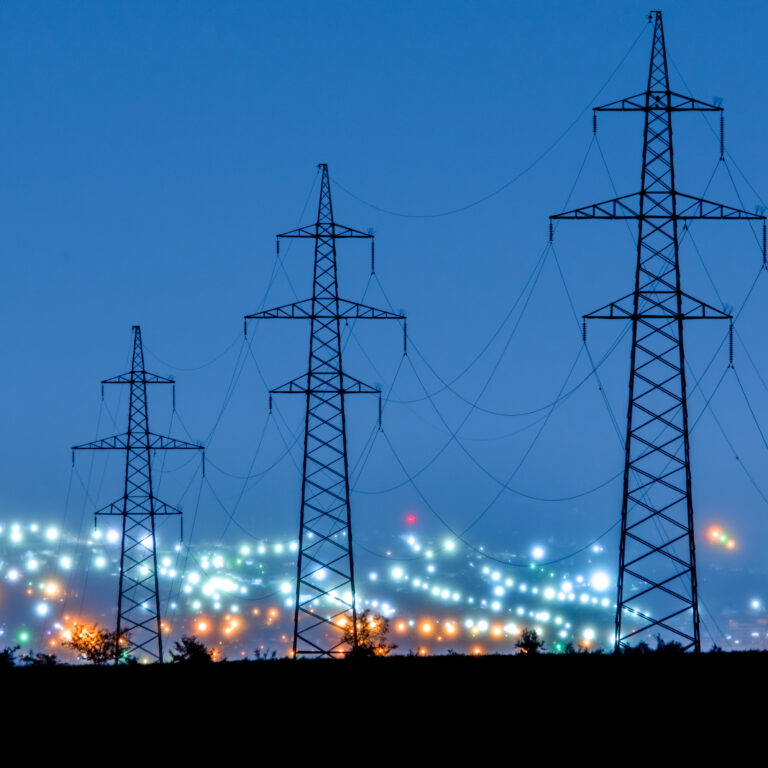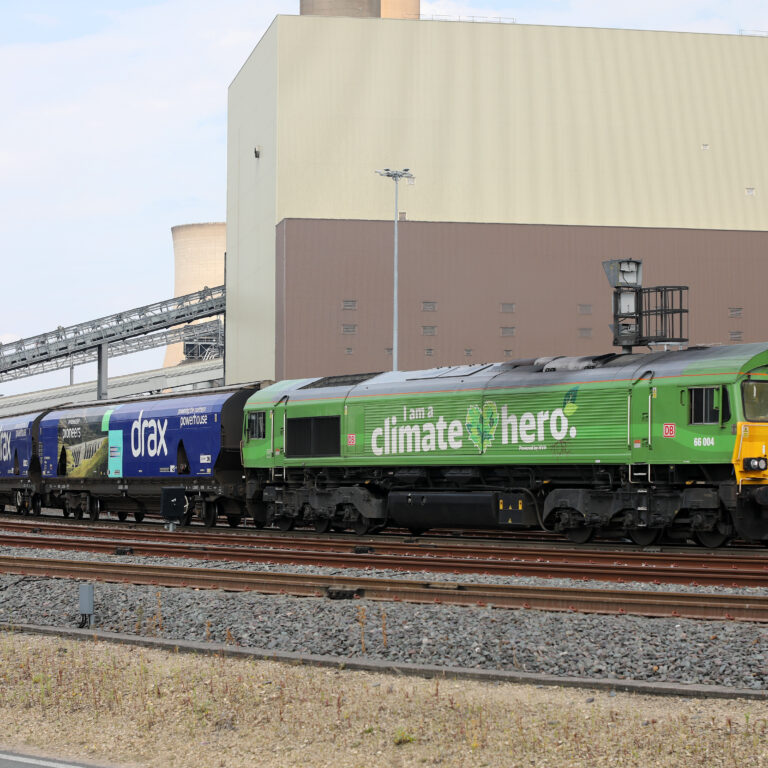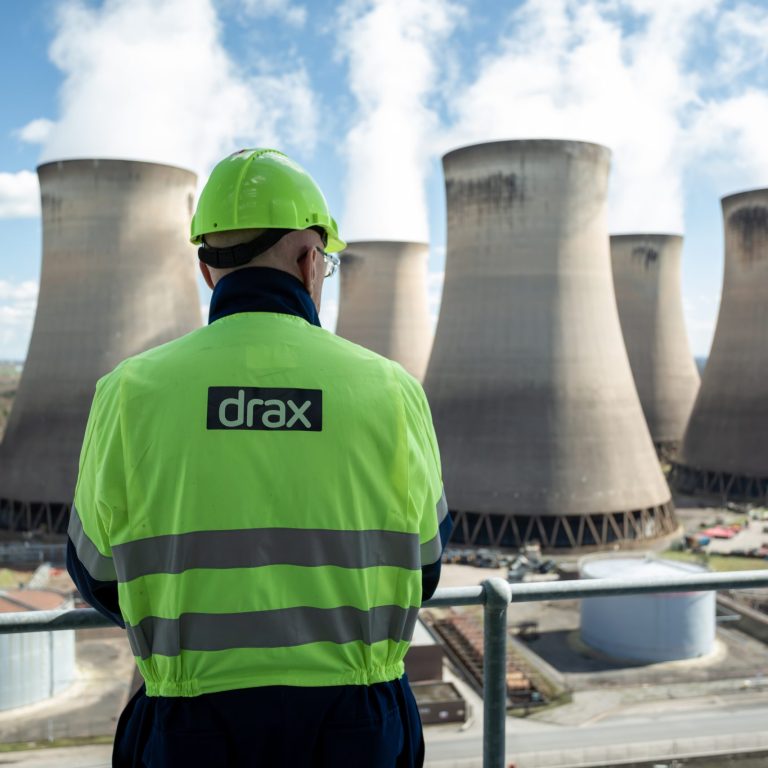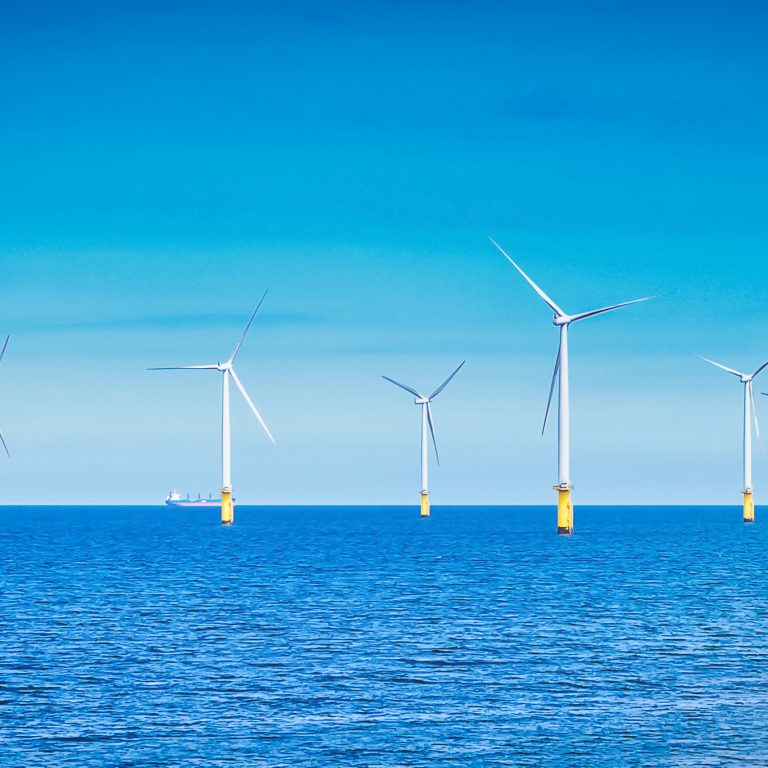-
Energy storage will play a major role in the energy transition supporting renewables like wind and solar power
-
Great Britain could need at least 30GW of energy storage to meet climate goals – ten times the available storage today
-
Energy storage, such as pumped storage hydro and batteries, enables further decarbonisation by providing system services to support more renewables
Across Great Britain, Europe and the US, the need for energy storage is set to soar as more renewables such as wind and solar power, connect to the grid in efforts to meet the net zero carbon targets required to address the climate emergency, according to analysis by Imperial College for Drax Electric Insights.
Britain’s energy storage capacity alone will need to grow to around 30GW or more over the next 20 to 30 years, from 3GW today.
Dr Iain Staffell of Imperial College London and lead author of the quarterly Electric Insights reports said:
“Energy storage is one of the most important issues in the energy industry – it has the potential to dictate the pace, scale and cost of the energy transition. Along with other technologies, such as interconnection and flexible generation, energy storage helps integrate more renewables onto the system, which makes it easier to manage the grid and enables greater decarbonisation at lowest cost.”
Imperial’s analysis shows that, for the current GB electricity mix with a quarter of power coming from variable renewables, every unit of intermittent renewables added to the system requires an additional 0.2 units of energy storage capacity to smooth out intermittency and keep the grid stable.
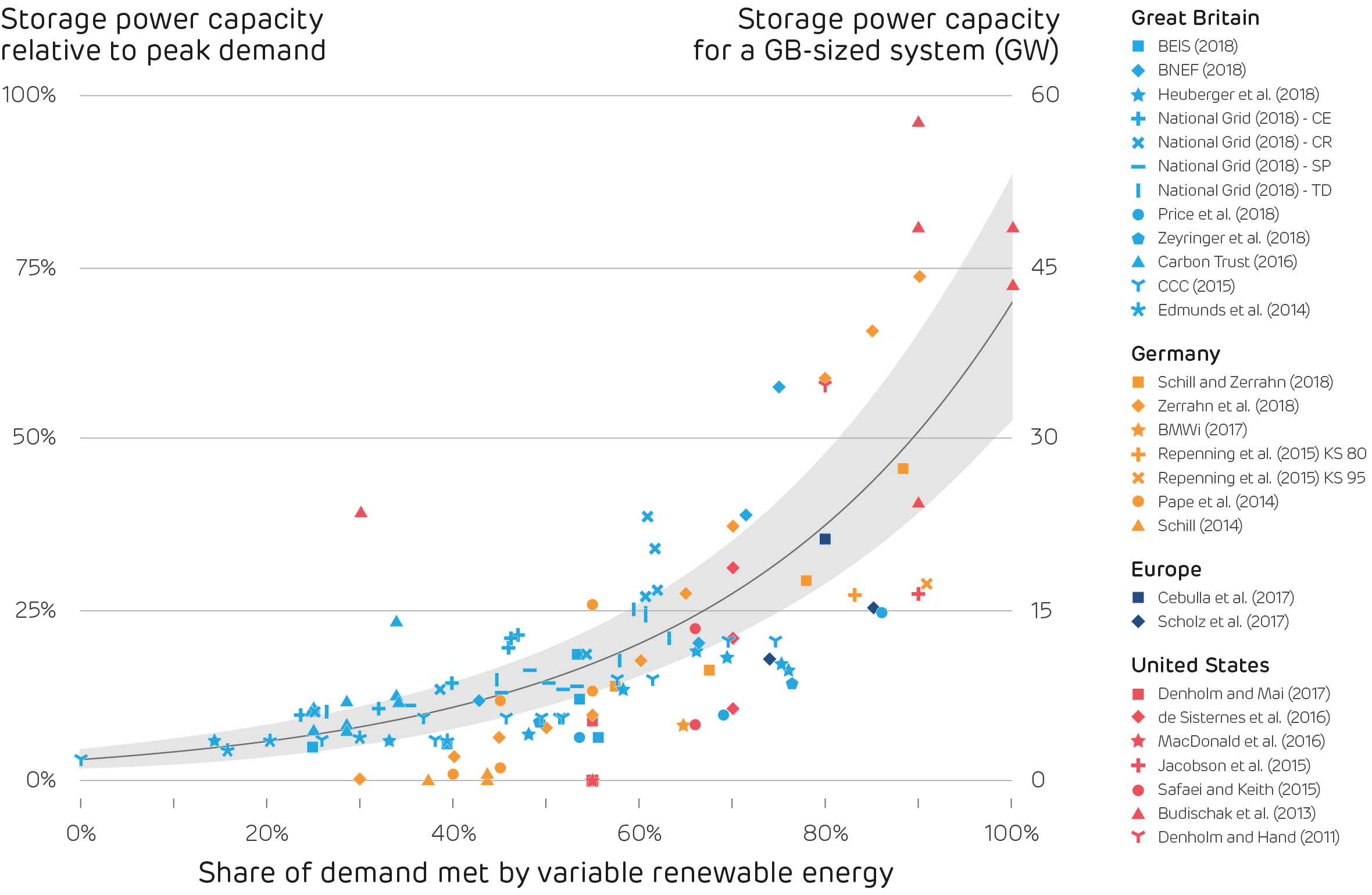
As the share of wind and solar power rises towards 80% of electricity supplied, every extra unit of intermittent renewables will require 1 unit of energy storage.
Dr Oliver Schmidt, co-author of the report and senior consultant at cleantech advisory Apricum, said:
“This summer’s blackout in Britain highlights the value of having a range of fast-acting technologies and that demand will only grow as older thermal power plants retire and are replaced by intermittent renewables.
“We’ll also need a rapid expansion of other forms of flexibility, such as demand-side response, interconnectors and fast-acting flexible power stations as well as from pumped storage hydro, which is currently the biggest storage technology, and batteries where costs are falling.”
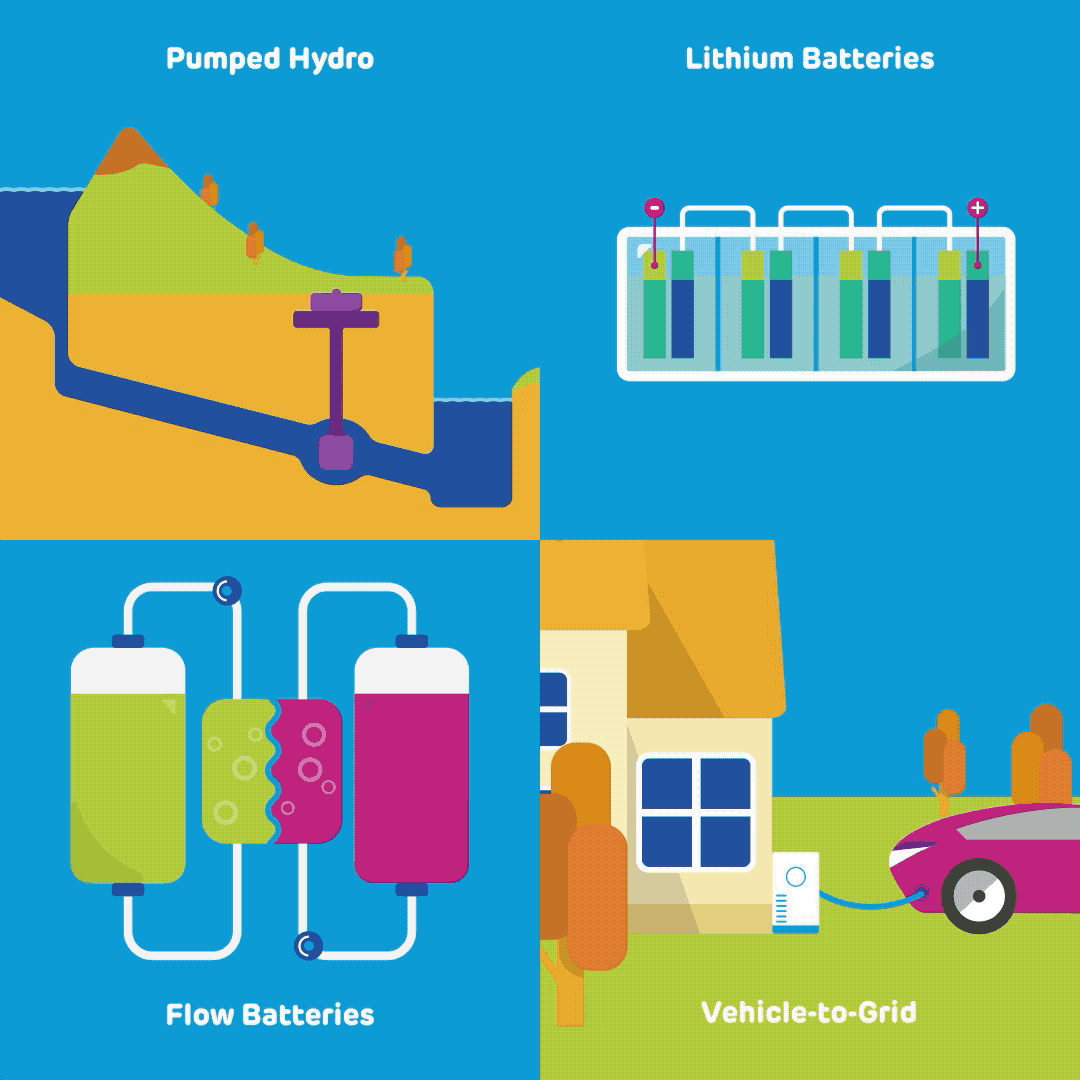
Andy Koss, CEO Generation, Drax, said:
“Pumped storage hydro plays a vital role in the UK’s energy system today – able to reach full load in as little as 30 seconds, it is proven to be able to react quickly to resolve intermittency issues associated with some renewable technologies.
“It’s clear from this Electric Insights report that more energy storage systems are vital to ensure the country has the power it needs in the decades ahead as wind and solar become the biggest sources of electricity. As the leading flexible power generator on Great Britain’s national grid, Drax has opportunities in storage and other technologies to enable a zero carbon, lower cost energy future.”
The Imperial College study found that variable renewables are providing an increasing share of energy supply, with wind farms alone providing more than half of Britain’s electricity for the first time ever in Q3 2019. This is creating unprecedented challenges in balancing the power system.
Keeping the UK’s power system stable made up a tenth of the total cost of generating electricity and the cost of balancing the power system hit a record high of £3.80/MWh in Q3.
Read the latest Electric Insights report here and download the PDF here.
ENDS
Media contacts:
Selina Williams
Drax Group Media Manager
E: [email protected]
T: 07912230393
Ali Lewis
Drax Group Head of Media & PR
E: [email protected]
T: 07712670888
Notes to Editors
- Imperial College’s analysis looked at 28 scenarios from 24 studies evaluating potential energy storage requirements in Europe and the US. The 24 independent studies forecast how much energy storage would be required depending on the share of demand met by variable renewables such as wind and solar. (figure 1)
- The studies looked at Europe, Germany, GB and the US. Installed storage capacities are divided by the peak demand for electricity in each region to account for the relative size of countries.[1]
- 70 to 80 per cent of electricity production from variable renewables would require storage capacity of around a third of peak electricity demand. In the current GB system (60GW peak) this would mean around 20GW of storage. The UK Committee on Climate Change expects that electricity demand will double by 2050, with peak demand rising to 150GW – implying there will be an even greater need for storage.
- Demand-side response, interconnection or flexible power stations could be deployed to a similar extent, which would reduce the need for additional storage. Although current academic and industrial studies suggest that storage will become the main flexibility technology.
- Cruachan Power Station, Drax’s pumped storage plant in Scotland, acts responsively by generating electricity to meet peak-time demand. It can achieve full load in 30 seconds and can maintain its maximum power production for more than 16 hours if necessary.
- The 440 MW energy storage station has four primary modes of operation – ‘pump’, ‘spin pump’, ‘spin generate’ and ‘generate’ – and can deliver a range of balancing and ancillary services such as frequency management and inertia. Further information on Cruachan’s operations, is available online.
- A 2016 feasibility study indicated it would be possible to develop 400 MW of additional capacity at Cruachan. Cruachan 2 is on the European Union’s list of projects of common interest. Find out more about Drax’s development options.
- Previous Electric Insights articles have shown that more flexible generation, storage and demand-side response will be critical to minimising the costs of balancing the grid as increasing power capacity comes from variable renewables.
- The Q3 2019 Drax Electric Insights report is available under embargo, featuring the following articles:
- The blackout
- What next for energy storage?
- Zero subsidy offshore wind?
- How much energy storage will we need?
- Capacity and production statistics
- Power system records
About Electric Insights
- Electric Insights is commissioned by Drax and delivered by a team of independent academics from Imperial College London, facilitated by the college’s consultancy company – Imperial Consultants. The quarterly report analyses raw data made publicly available by National Grid and Elexon, which run the electricity and balancing market respectively, and Sheffield Solar.
- Electric Insights Quarterly focuses on supply and demand, prices, emissions, the performance of the various generation technologies and the network that connects them.
- Along with Dr Iain Staffell, the team from Imperial included Professors Richard Green and Tim Green, experts in energy economics and electrical engineering, and Dr Rob Gross who contributed expertise in energy policy.
- The quarterly reports are backed by an interactive website electricinsights.co.uk which provides data from 2009 until the present.
- Uniquely, Electric Insights provides real time data about the UK’s transmission grid as well as embedded wind and solar generation which is not available from other sources.
About Drax
Drax Group’s purpose is enabling a zero carbon, lower cost energy future. Its 2,600-strong staff operate across three principal areas of activity – electricity generation, electricity sales to business customers and compressed wood pellet production.
Power generation:
Drax owns and operates a portfolio of flexible, low carbon and renewable electricity generation assets across Britain. The assets include the UK’s largest power station, based at Selby, North Yorkshire, which supplies five percent of the country’s electricity needs.
Having converted two thirds of Drax Power Station to use sustainable biomass instead of coal it has become the UK’s biggest renewable power generator and the largest decarbonisation project in Europe.
Its pumped storage, hydro and energy from waste assets in Scotland include Cruachan Power Station – a flexible pumped storage facility within the hollowed-out mountain Ben Cruachan. It also owns and operates four gas power stations in England.
Customers:
Drax owns two B2B energy supply businesses:
- Haven Power, based in Ipswich, supplies electricity and energy services to large Industrial and Commercial sector businesses.
- Opus Energy, based in Oxford, Northampton and Cardiff, provides electricity, energy services and gas to small and medium sized (SME) businesses.
Pellet production:
Drax owns and operates three pellet mills in the US South which manufacture compressed wood pellets (biomass) produced from sustainably managed working forests. These pellet mills supply around 20% of the biomass used by Drax Power Station in North Yorkshire to generate flexible, renewable power for the UK’s homes and businesses.
For more information visit www.drax.com/uk
[1] Data from multiple sources as cited in the legend, in part compiled by Zerrahn et al., 2018. On the economics of electrical storage for variable renewable energy sources.







